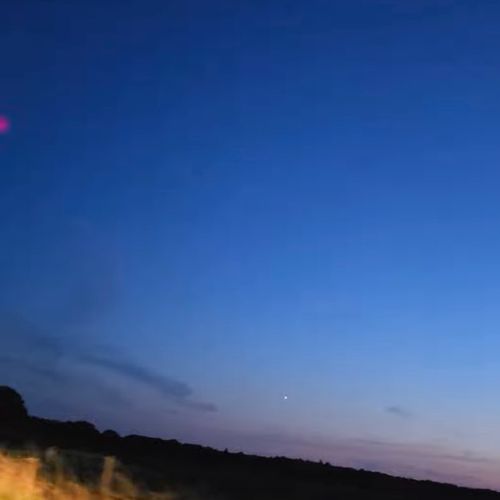| ID | #1696177270 |
| Added | Sun, 01/10/2023 |
| Author | July N. |
| Sources | |
| Phenomena | |
| Status | Hypothesis
|
Initial data
Filonov Vladimir, a student of the 8th grade. Description of an abnormal atmospheric phenomenon:
17.12.87. On the way to school, I saw a star in the eastern part of the sky -2m, white with a halo, the size of the Moon and a "tail", about 15 degrees long. It moved slowly across the sky towards the north and in 5-7 minutes that I observed, it moved about 35 degrees. Over time, the stellar magnitude (m) of the star decreased, the outline deteriorated, and by the end of my observations, this phenomenon almost completely dissolved and became barely visible to the eye. At about 8-00 I had to stop observing.
Sky condition: cloudless, the beginning of civil twilight.
Hypotheses
The heavenly bodies

The brightest heavenly bodies in the sky are Venus, Jupiter, and sometimes Mars and, of course, the Moon.
Venus is the bright yellow of the evening or morning star, shining in the sky on the background of evening or dawn. Maximum brightness of Venus can reach up to 4.3 m, and she is the third brightness of the sun in earth's sky after the sun and the moon. It so well reflects the light of the Sun that it is relatively easy to see and day, especially if you know the location. It manifests itself in the form of tiny blinking white dots.
Satellite

Ordinary satellites, which often look like single, not very bright luminous dots moving smoothly in the night sky, are quite often mistaken for UFOs. After the Starlink satellites (near-Earth satellite systems developed by SpaceX, in order to create a cheap and high-performance satellite Internet communication channel and technical transmitters for receiving and transmitting signals from earth and orbit) were launched, it became possible to observe groups of satellites (up to 60 pieces) flying one after another.
Investigation
Resume
Similar facts
Log in or register to post comments




